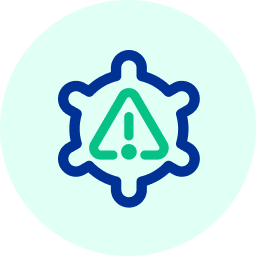- ai
- Newletter
- artificialintelligence
- AI in Pharma
- AI in GxP Manufacturing
- ContinuousPdM
- Predictive Maintenance
- Data Integrity
- DataOps
- GxP
- xTelligent
- AI and Continuous Validation
- ContinuousALM
- ContinuousDM
- ContinuousITOM
- ContinuousMTR
- ContinuousRM
- ContinuousRMM
- ContinuousSM
- IaaS
- PaaS
- Predictive Analytics
- Use Case
- cTM
- AI & Compliance
- AWS Qualification
- Audit Trail
- Azure Qualification
- Big Data
- ContinuousMP
- FDA Guidance
- GxP Agentic Framework
- Mail Protection
- SDLC
- cGPT
- cPDM
- continuousGPT
- AI Challenges
- AI Chatbots
- AI Coding Copilots
- AI and Data Integrity
- AI in Radiology
- ALM
- AWC 2025
- Aveva World
- CDMS
- Clinical Data Management Systems
- Continuous Environmental Monitoring System
- Continuous Intelligent Validation
- Continuous Lifecycle Governance
- Continuous Temperature Mapping
- Continuous Validation
- Conversational AI
- Deep Learning
- DevOps
- Document Management
- GenAI Agentic Frameworks
- Generative AI
- LIMS
- ML
- MTP
- Machine Learning
- Managed Threat Response
- Module Type Package
- Operational Excellence
- OperationalExcellence
- PLC
- Pharma
- RMM
- Risk Management
- SaaS
- SaaS CEO Club
- SaaS Rise
- Service As Software
- Service Management
- Temperature Mapping
- Test Automation
- TestOps
- cEMS
- cIV
- cLCG
- chat with GxP data
- computer systems validation
- continuousTM
- managed-services
- manufacturing-in-future
- margo
- podcast
- software assurance
- software validation
